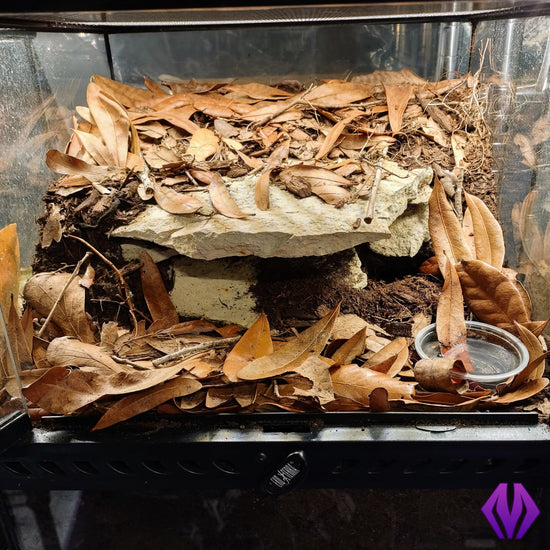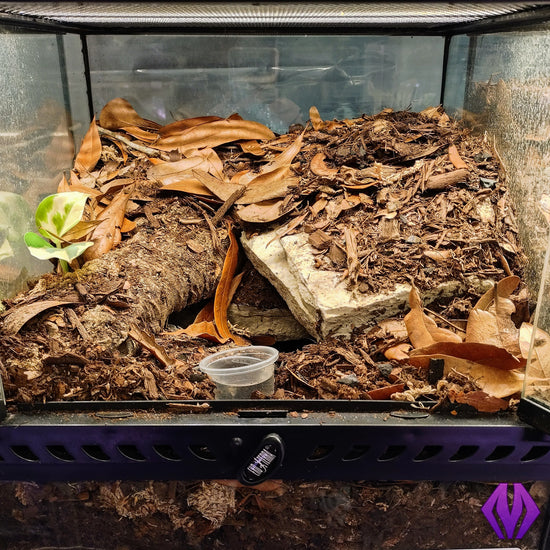Brachypelma care guide
description
Brachypelma is a genus of Mexican terrestrial tarantulas well-known for their bright coloration contrasted with black. Spiderlings typically start out very drab and uniform brown, while slowly growing into their adult coloration. Many species in this genus are suffering from a decline in wild population numbers.
-
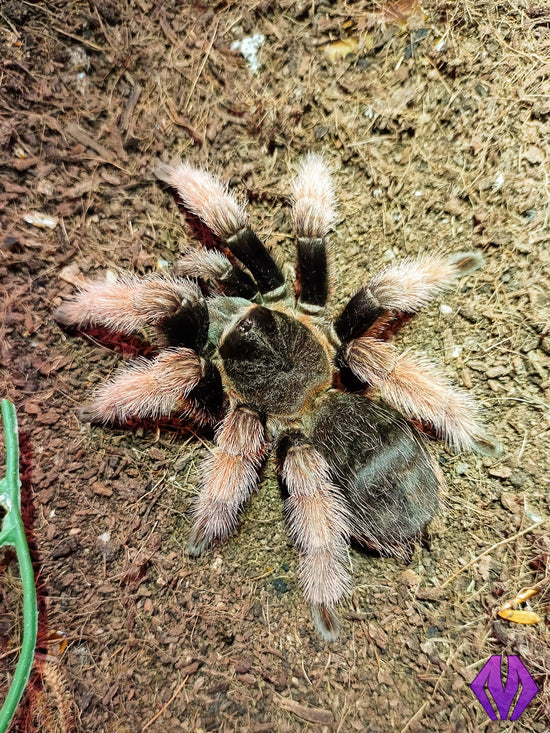
subadult male B. klaasi
-
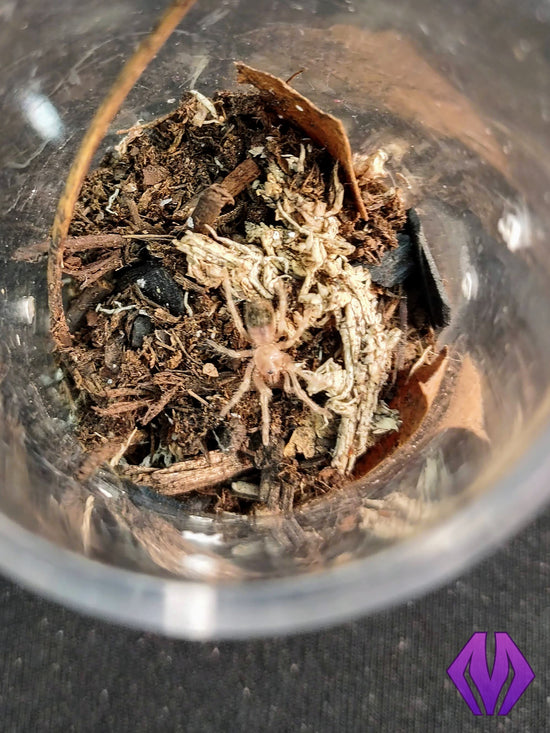
second instar B. smithi spiderling
-
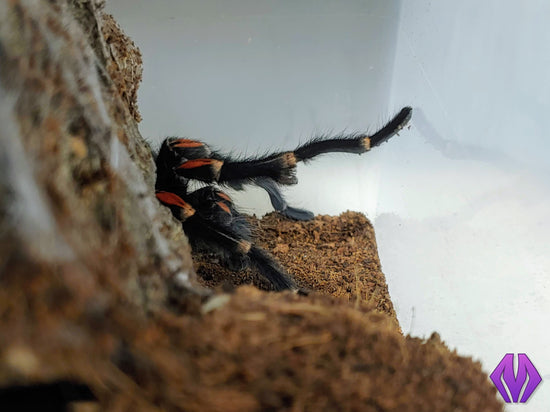
mature male B. auratum
natural history
As of the 2020 revision, all current members of the Brachypelma genus are endemic to Mexico (Mendoza and Francke, 2020). Mexico contains many different habitats from desert to tropical rainforest, although most Brachypelma species occur in subtropical forest along the southern Pacific region of the country. Climatic conditions here are characterized by daily high temperatures around 89°F with lows close to 70°F. The dry season lasts approximately half the year and experiences very little to nearly no rainfall, while the wet season shows a moderate amount of precipitation (Atoyac de Álvarez - Weatherspark). Habitat where these spiders are currently found is mostly subtropical secondary forest, and individuals have been found in pre-made or self-made burrows under debris and vegetation during surveys (Mendoza & Francke 2017).
conservation
B. smithi - NEAR THREATENED
B. hamorii - VULNERABLE
B. baumgarteni - ENDANGERED
B. boehmei - ENDANGERED
B. klaasi - NEAR THREATENED
B. auratum - NEAR THREATENED
The IUCN states that habitat loss and fragmentation are major threats to the biodiversity and survival of many Brachypelma species (IUCN Brachypelma). Overharvesting for the pet trade prior to international regulation may have been a contributing factor to their decline in the 1980s and 1990s.
-
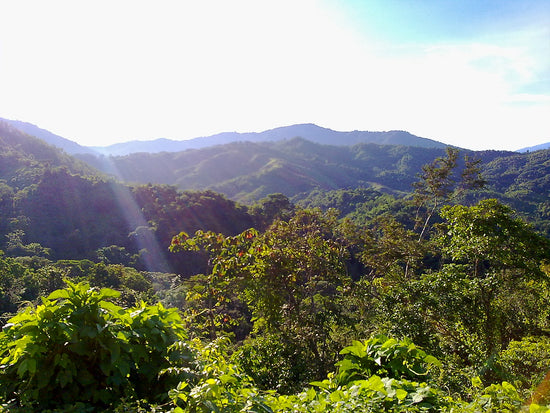
the landscape of the Sierra Madre Del Sur mountain region. "Sierra Madre del Sur" by Chiva Congelado is licensed under CC BY-NC-SA 2.0
-
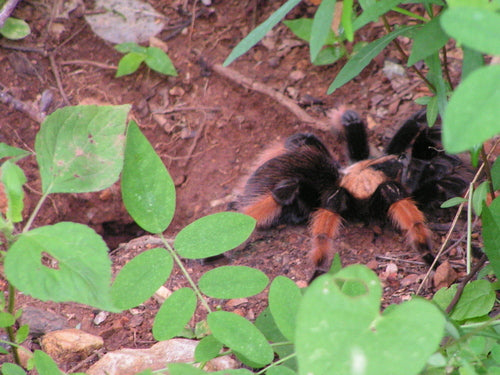
in situ Brachypelma emilia.
"Brachypelma emilia" by francisco3_ is licensed under CC BY 4.0.
enclosure design
most female and male Brachypelma max out at around 6” in diagonal leg span. We set up all of our Brachypelma adults in Exo Terra brand “Mini Wide” 12” x 12” x 12” glass enclosures, which we prefer due to their built-in cross-ventilation feature, double front-opening doors, locking mechanism, and clean look. The lid might pose an issue with tarantula claws getting stuck in the mesh, so consider replacing it with drilled acrylic or Plexiglas; the more ventilation holes the better! We hardscape with wood (cork bark, cholla wood, spider wood, driftwood, etc.), providing lots of depth to explore and potential hides for the spider to choose from. Fill the enclosure with a minimum of 4" of megamix ARID substrate, plant a few dry-tolerant vivarium plants (optional), and provide a water dish. We set up spiderlings from 3/4”-2” in our purplebox 7x4x4 enclosure similarly, and juveniles from about 2-4” are housed in Exo Terra brand “Nano Wide” 8” x 8” x 8” enclosures.
Although Brachypelma is a genus known for its hardiness, we still recommend providing ample ventilated enclosures to prevent stagnant conditions, which can be improved with forced airflow. We keep a small portable fan in our animal room on the low setting. If you choose to use a fan, be sure to place it so it is not blowing directly at your enclosure.
maintenance
at Marshall Arachnids, we strive to take each species’ natural history into account when designing and maintaining vivaria for our spiders. We provide our Brachypelma adults with a thermal gradient of about 75 to 85°F, with the top of the enclosure being the warmest. Nighttime temps drop no lower than 70°F. Each spider has the opportunity to thermoregulate by moving around the enclosure as they please. We ensure the water dish is full and clean daily with a light misting once or twice per week. We sparingly add water to the substrate only to maintain live plants. For adults, we tong-feed appropriately-sized live dubia roaches or crickets every 7-14 days, but not on a set schedule. For spiderlings, we offer food approximately every 5-7 days or as-needed. Brachypelma species tend to lay down a thin mat of web when preparing to molt and may repeatedly refuse to eat. These spiders can safely go weeks on end without food, so do not be concerned if this is the case. Just continue to provide clean water regularly.
fun fact!
Brachypelma translates loosely to short foot, likely referring to the tarsus. The genus and many of its species have been under taxonomic debate since 1897 or possibly earlier (Wikipedia).






